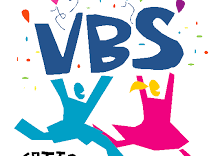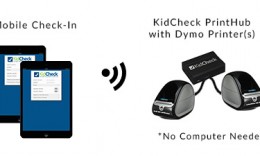Summer Camp Safety Guidelines

It’s the camp season, and the American Camp Association (ACA) estimates that a record 11.5 million children, youth, and adults will attend this year. As always, safety is a top priority.
Unsafe situations can occur because the environment naturally compromises safety. After all, structural, facility, and organizational processes have not kept up with the times. However, camps must increase protection no matter how their baseline policies are defined and their facilities are set up.
Here are some recommendations to help improve safety.
- Establish A Screening Process – This process should be for everyone who works at the camp, even those who don’t interact daily with kids and have a support role. Screening prevents bad behavior, offers protection, and eliminates easy access to kids and youth.
- Leverage Your Child Protection Policy – A CPP is a living document that shares how your camp intends to protect the children in its care. It should be shared with families when they register a child and used as a training tool for staff and volunteers.
- Use a Check-In & Check-Out Process – Utilizing a secure check-in and out process is about more than just attendance tracking. These processes can strengthen safety, increase accessibility to essential data, and connect you with families. For increased mobility, consider using Touchless Express Check-In or Roster Check-In. Both are great for in-person or online attendance.
- Fine Tune Document Management – This means ensuring you have properly collected and stored all the legal forms for camp participation. For those attending, this Includes a waiver and release of liability, emergency contact information, a medical release form, and a photo for release. For staff and volunteers, this includes all the paperwork collected in the screening process, such as application, release forms, proof of completed background check, references, and motor vehicle.
- Balance Participation Ratios – This is important because adequate staffing levels are essential in abuse prevention and help to stop an incident from occurring.
- Create an Emergency Action Plan – The EAP will detail your organization’s response to various emergencies. The key to creating your plan is identifying the emergencies most likely to impact your camp and planning accordingly. Emergencies could include a natural disaster, power outage, chemical spill, or behavioral crisis. To help organize emergency information, download our free Emergency Instructions Flip Book.
Click here for additional child safety resources, or join our growing social community by subscribing to the KidCheck blog or visiting us on Twitter, Facebook, Pinterest, Instagram, and YouTube.
Click here to request a free children’s check-in demo. It’s an excellent way for organizations to see and learn the benefits of using secure children’s check-in.
Photo by Autumn Mott Rodeheaver on Unspla


